LEADING EXHIBITIONS AND THE LATEST’S TRENDS – Part 2
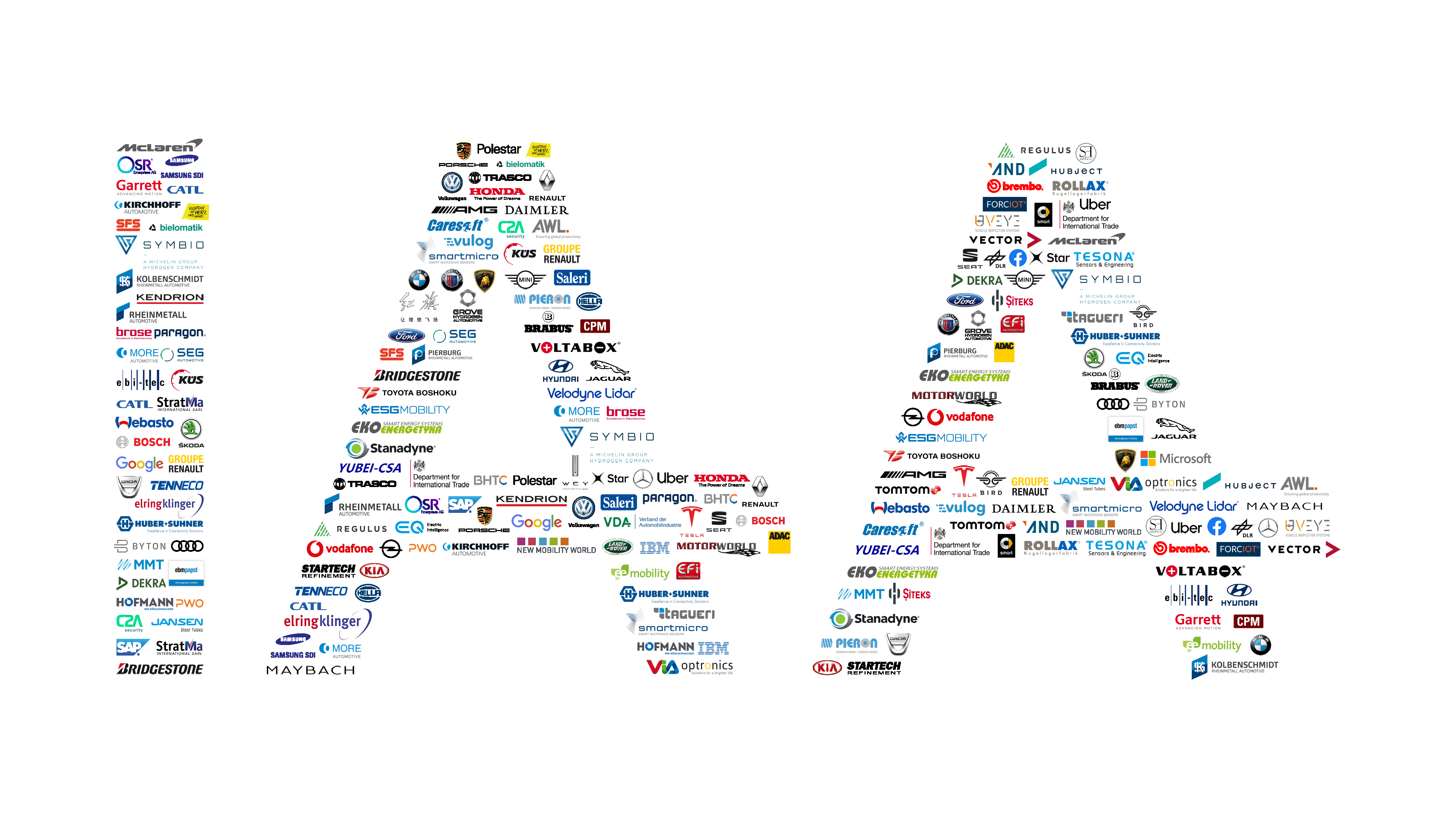
After some mind-blowing feedbacks on part one of my monthly blog post, I just had to work even harder on part two of our journey.
I`m ready if you are ready, so fasten your seat belts and let us travel to the next stage of our journey to discover rare combinations and some of the hottest trends in the automotive industry today. All of that cannot happen without giving you a glimpse into how we apply it all in the studio and how you can do it too. So let’s cut to the chase and move straight to the next part of our journey- the remaining two trends I have chosen the share with you after my extraordinary visit to the IAA in Frankfurt.
A JOURNEY THROUGH THE KINGDOM OF MATERIAL – This time I dared to write about one of the topics that you have asked me to talk about many times before. Yep, I’m referring to that time you requested to know all about materials and how to choose them in the first place!
Just so you know, it’s a very difficult subject to talk about due to all of its different aspects and categories, and especially since several things make up together the whole – the realm of materials. Due to the importance of the material in the design industry and in other fields as well, one post was not enough to explain the gravity of the matter (pawn intended J) so I took it upon myself to break it down into a fun and unique mega-post made out of 4 different parts in sequels.
So what`s waiting for us? First, we’ll talk a little bit about the IAA Exhibition, and then about the importance of choosing the correct material for the car world. Then, I`ll reveal some of the materials that the car industry work with and share some personal experiences about the materials in transition ideas and making them a reality when involving smart material selection. Shall we begin?
What is this event I`m talking about, you ask?
The 2019 IAA- the world’s largest International Automotive Show (Internationale Automobil-Ausstellung) that takes place every two years in the city of banks and German industry, Frankfurt.
Frankfurt has traditionally introduced to the world many of the most significant German cars. Over the years, the show has revealed cars like the original Volkswagen beetle, Audi TT (first as a concept), BMW New Class (the 3rd Series predecessor) and X5, Mercedes SLR and McLaren SLS, and as if it weren’t enough, many of the most significant and interesting cars in the world were born there- Peugeot 406, Jaguar XF, Hyundai IX35, Alfa 156 and the list goes on…
Materials in transition
During the past 130 years automotive engineers have tested and used a number of very different materials: automotive pioneer Gottlieb Daimler built his motorized carriage from wood, a time-tested building material. Ridiculed as a “cardboard racing car,” the Trabant made in East Germany was manufactured, for lack of alternatives, entirely of plastic. Today mainly steel, aluminum, carbon, alloys and hybrid materials are used for bodywork and frames while natural fibers (such as linen and hemp) or plastics add value to the interior. Teflon, a “jack of all trades,” is used to seal paint and coat gaskets. Manufacturers, suppliers and scientists are also working on increasingly intelligent solutions. To achieve this, they furnish materials with conductors and network components. When equipped with control electronics, materials can serve as sensors or adapters.
Smart materials
With the discovery of piezo crystals, which first coaxed music out of record players, the Curie brothers laid the physical foundations for adaptronic – short for “adaptive structure technology.” Material combinations which react and change their form as a result of external factors – but without software and electrical circuits – are similar to piezo materials. The trick is that the materials change shape repeatedly on their own when exposed to electrical power, magnetic forces, heat and light, compressed air or chemical reactions. Shape memory materials, for example, take on a different form at low temperatures and then return to their original form. The automobile interior, in particular, is an ideal environment for such materials.
Take automobile seats. In the latest models, they are pieces of sophisticated wellness furniture. However, underneath the upholstery is a vast array of electronics. Shape memory alloys adapt to individual body contours without the use of manual adjustment buttons or expensive biometric automatic devices such as Nissan’s butt identification sensor. Passengers cars no longer need extensive electronics and complicated wiring. In contrast, electroactive plastics generate electrical power when subjected to mechanical forces and vice versa – literally an engine and hydraulics system all in one. Moreover, using a shoe sole as an example, a Fraunhofer project has demonstrated how the material can become a mini-power plant: when running, the wearer generates enough electrical power to operate portable devices such as smartphones or wearables. In the future it may be possible to integrate such materials into automotive wheels, thus enabling them to charge the automobile’s battery during travel.
Back to the roots
Wood, a material once banished from bodywork, is now making a comeback – if only in small series. This natural material from the forest is much more versatile than many realize. Extremely resistant to bending and as stable as aluminum, it is also several times lighter than its metallic and synthetic counterparts. Wood is thus suitable not only for veneer strips but also for load-bearing parts, panels in the car interior, or side impact protection for doors – advantages exploited by the British Morgan Motor Company since 1909. At Morgan exotic roadsters with ash frames are still rolling off the assembly line. Toyota’s Setsuna concept study is far more antiquated. The exterior paneling is made of cedar; birch and other materials are used in the frame. In determining the composition of the individual parts, the engineers followed the principles of okuri ari, a Japanese carpentry method in which perfectly fitting wooden elements are simply put together without screws.
Besides wood, other renewable raw materials such as hemp, cotton, linen and flax are used for automobile construction. Usually these natural materials are hidden in trunk floors, paneling or floor coverings. The automobile manufacturer Ford has experimented with sustainable materials for 20 years. Today various biomaterials – including soy, ricinus oil, wheat straw, kenaf, cellulose, wood, coconut and rice – are used in these models. The company has even embarked on a collaboration with the Mexican tequila producer Jose Cuervo to investigate the suitability of agave for various components. Ford is also interested in the use of bamboo.
Lightweight construction: every gram counts
One of the top topics in the automotive industry is how to make cars – but especially electric cars – lighter and thus more efficient. The word “carbon” is used repeatedly in this context. Although this “super material” weighs only half as much as steel and about a third less than aluminum, it is expensive. Apart from the complicated production method, the material can splinter uncontrolledly in an accident and can then no longer be repaired. Carbon is thus of limited use in large-scale automobile manufacture. Improved aluminum alloys and sandwich steels are thus good alternatives for reducing weight. However, conventional manufacturing methods, in particular, often set tight limits on lightweight construction.
Now totally new approaches – such as additive manufacturing methods like selective laser melting and sintering, 3D printing, stereolithography and fused deposition modelling – have brought us a giant step closer to the use of natural building principles such as honeycomb or lattice structures, which require a far lower amount of materials and thus help to conserve resources. The vehicle studies “Light Cocoon” and “Soulmate” from EDAG, for example, consist totally of a skeleton-like bionically optimized vehicle structure. The sportscar is covered with a weather-resistant outer skin of three-layer polyester-jersey fabric developed by the outdoor clothing specialist Jack Wolfskin. Apart from its high potential for lightweight construction, this fabric can be used to cover movable parts such as the spoiler. It copies all movements, allowing the driver to change the car size or adapt to wind conditions by pressing a button.
The slogan of the IAA 2019 is “Driving Tomorrow.” This year the focus is on smart materials and lightweight components. So it will be exciting to see what innovations in materials will be presented this year.
Leave a Reply
You must be logged in to post a comment.


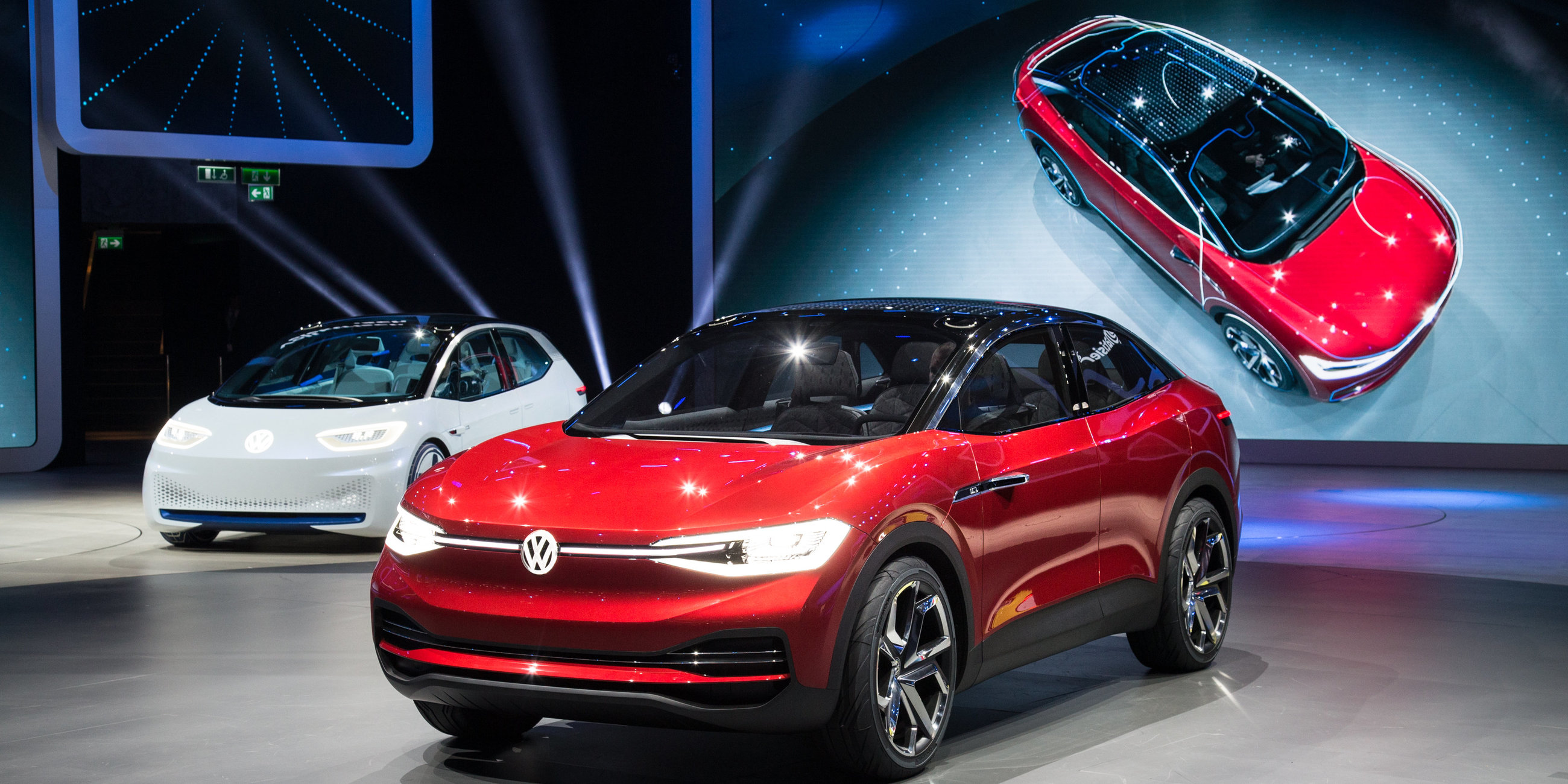
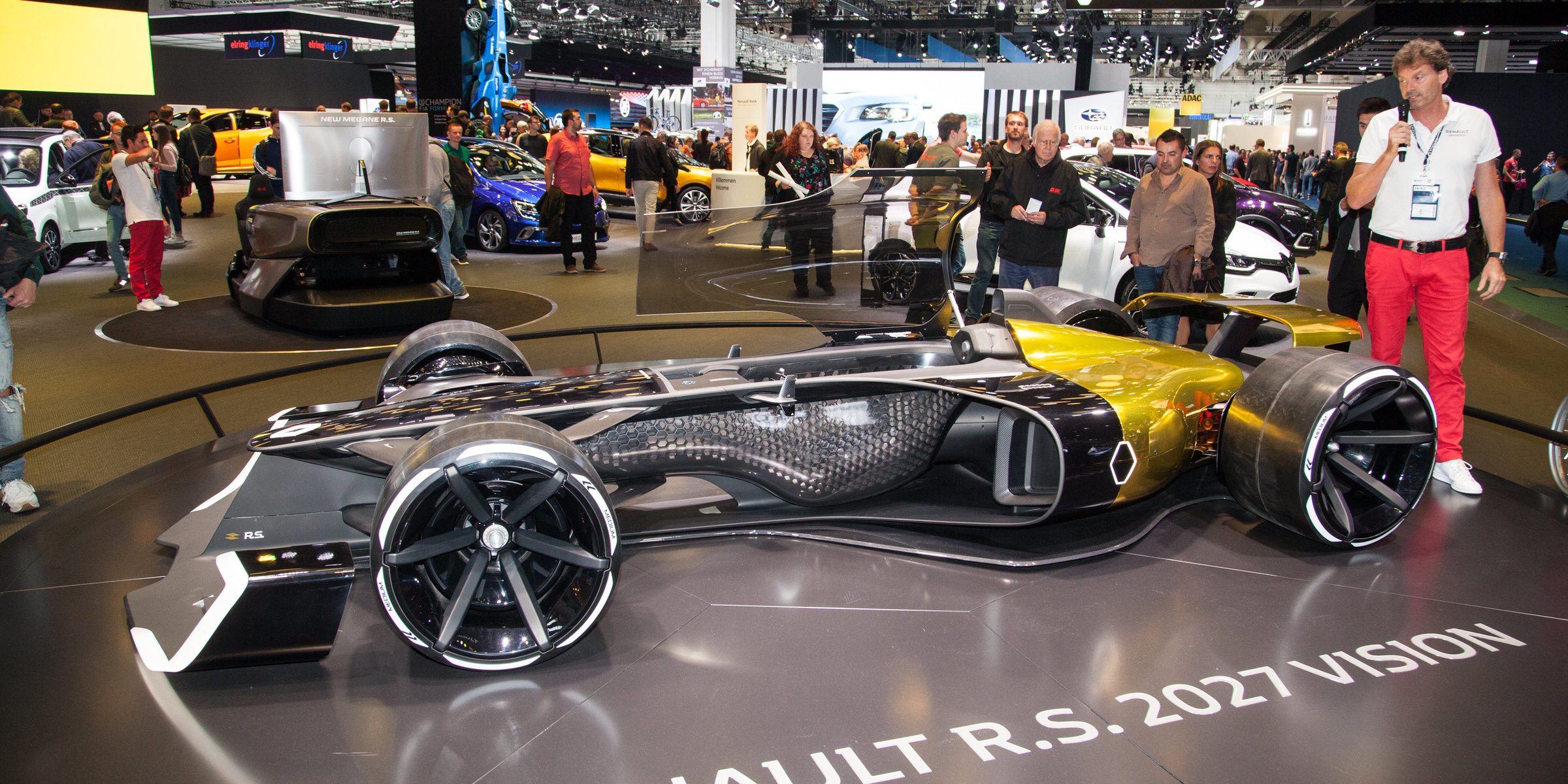
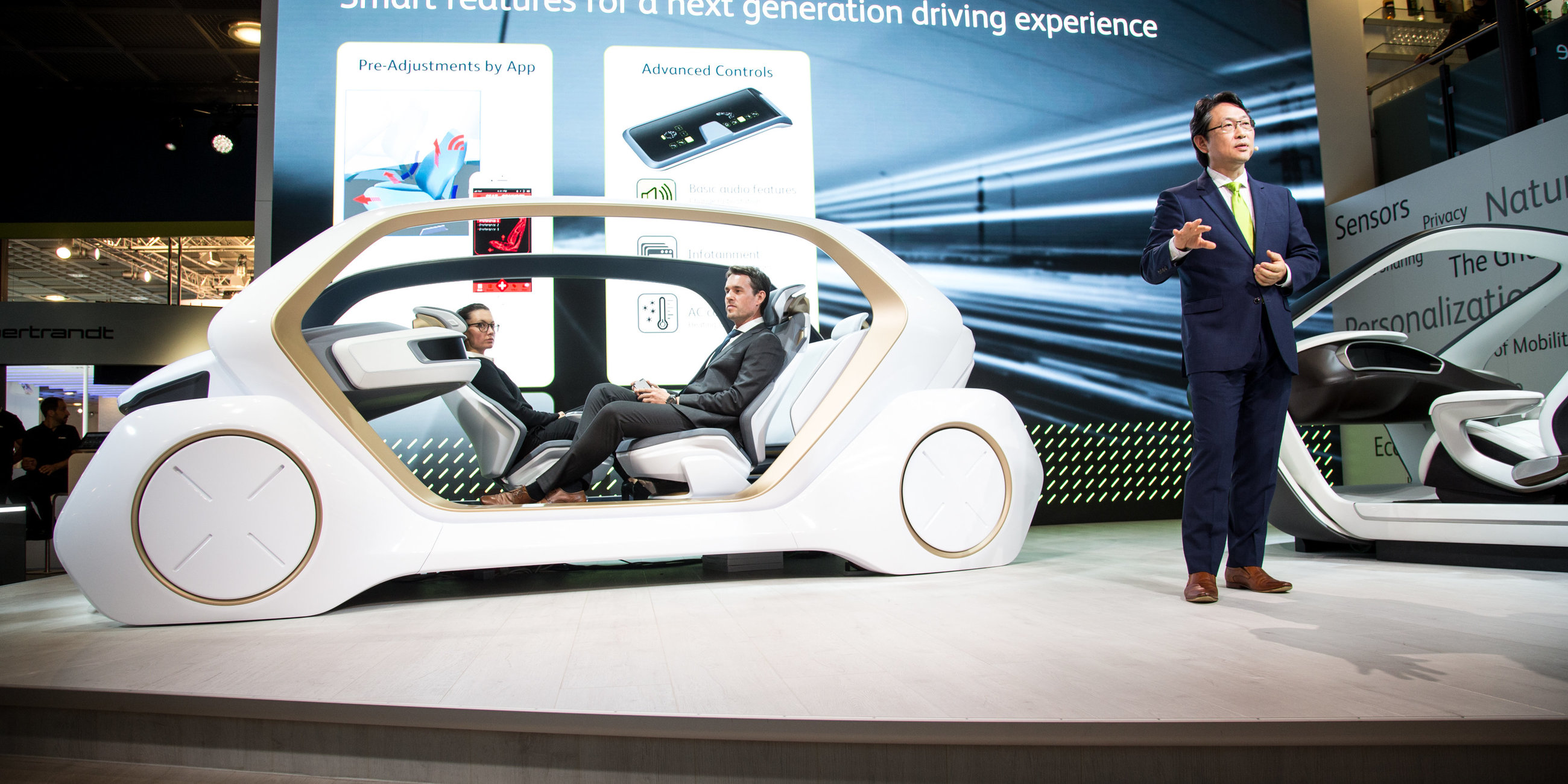
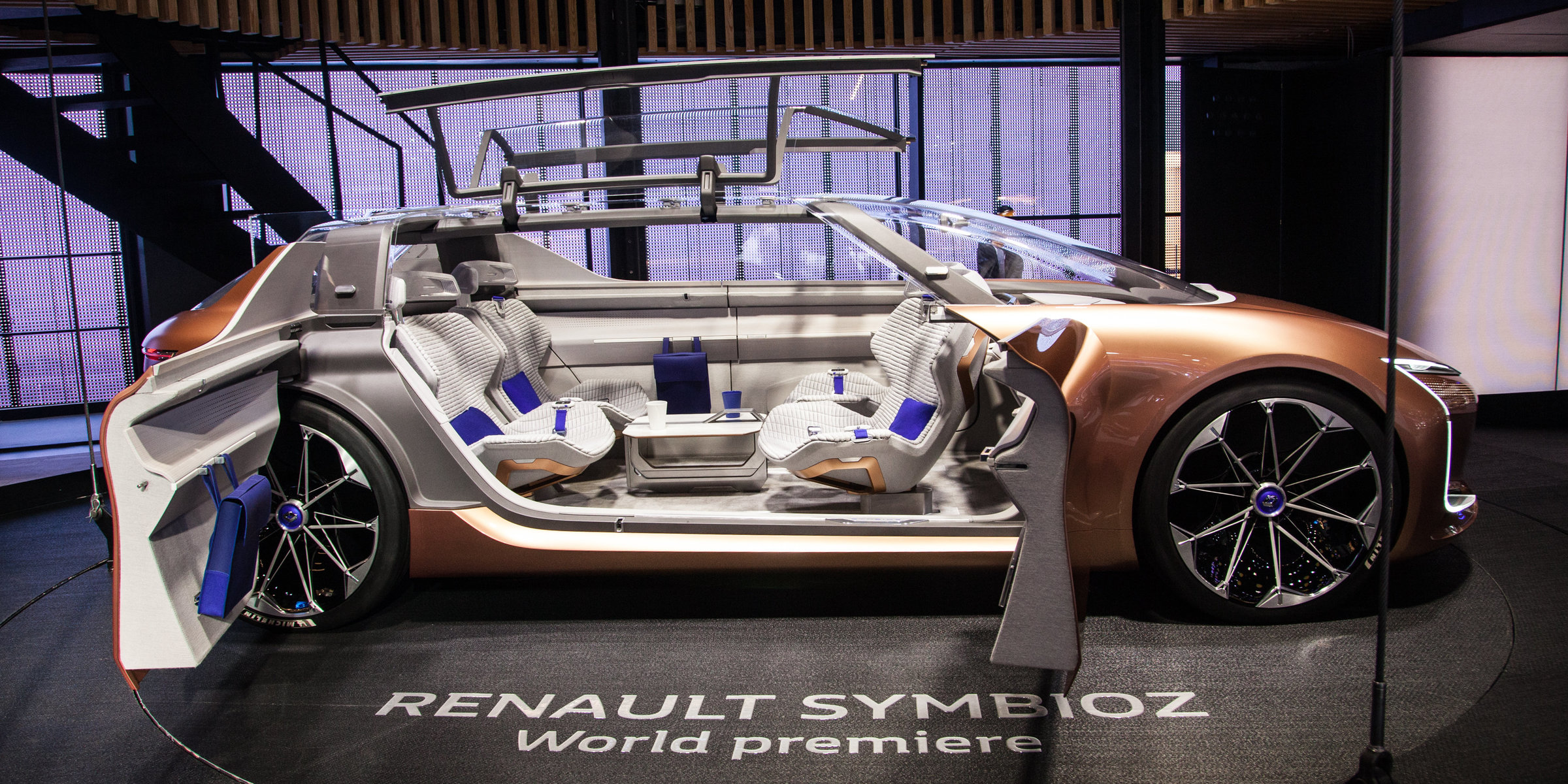


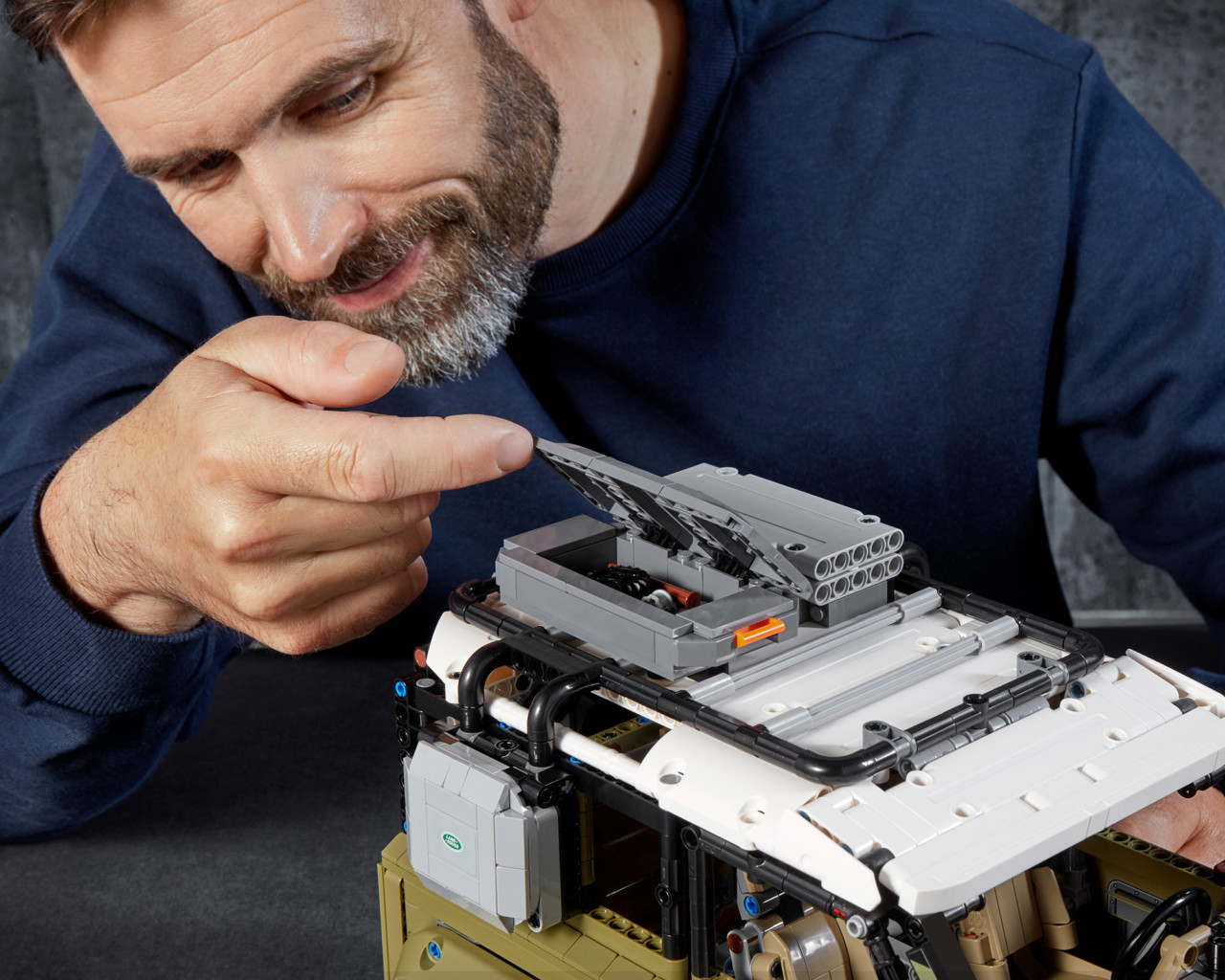
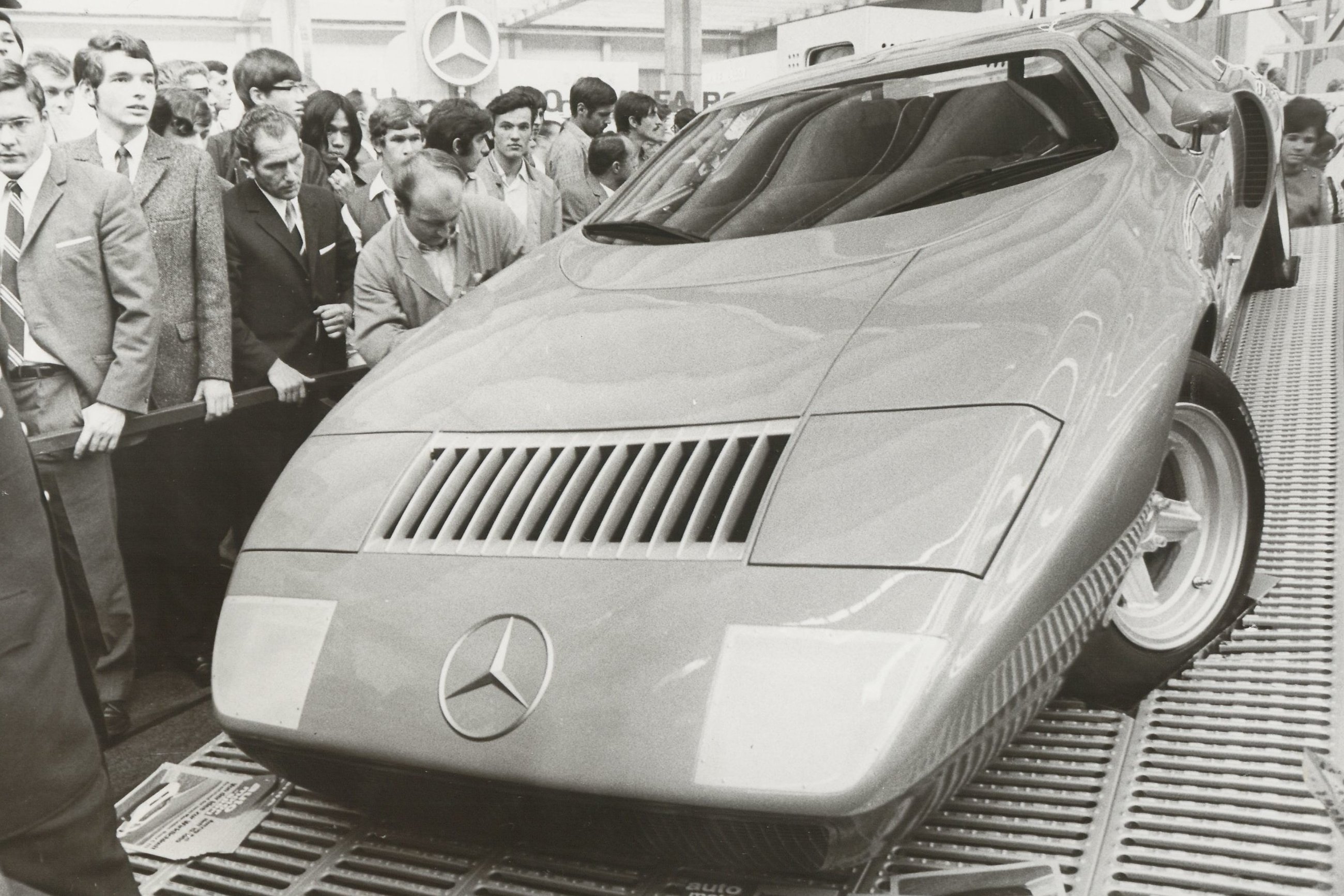



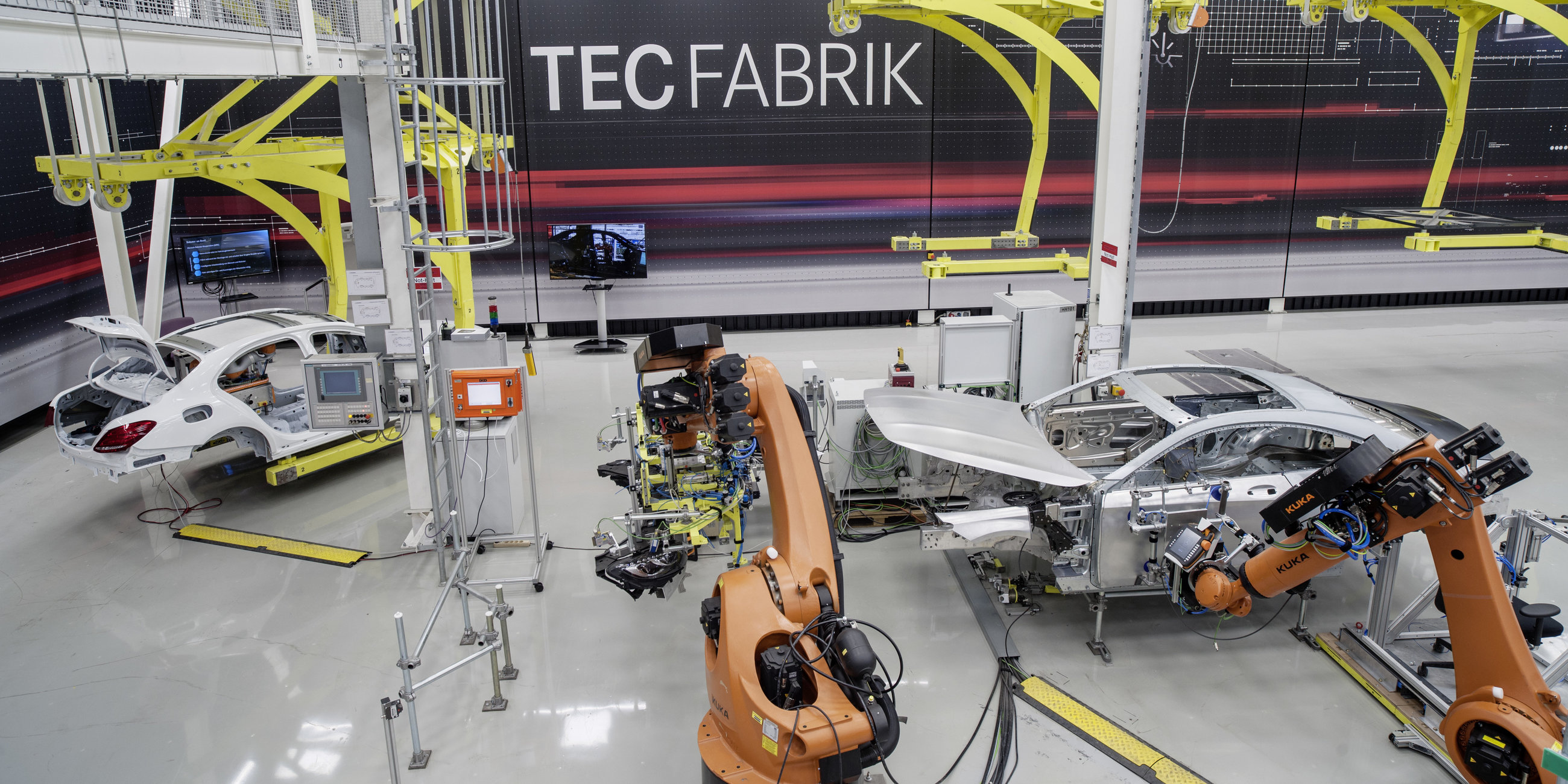
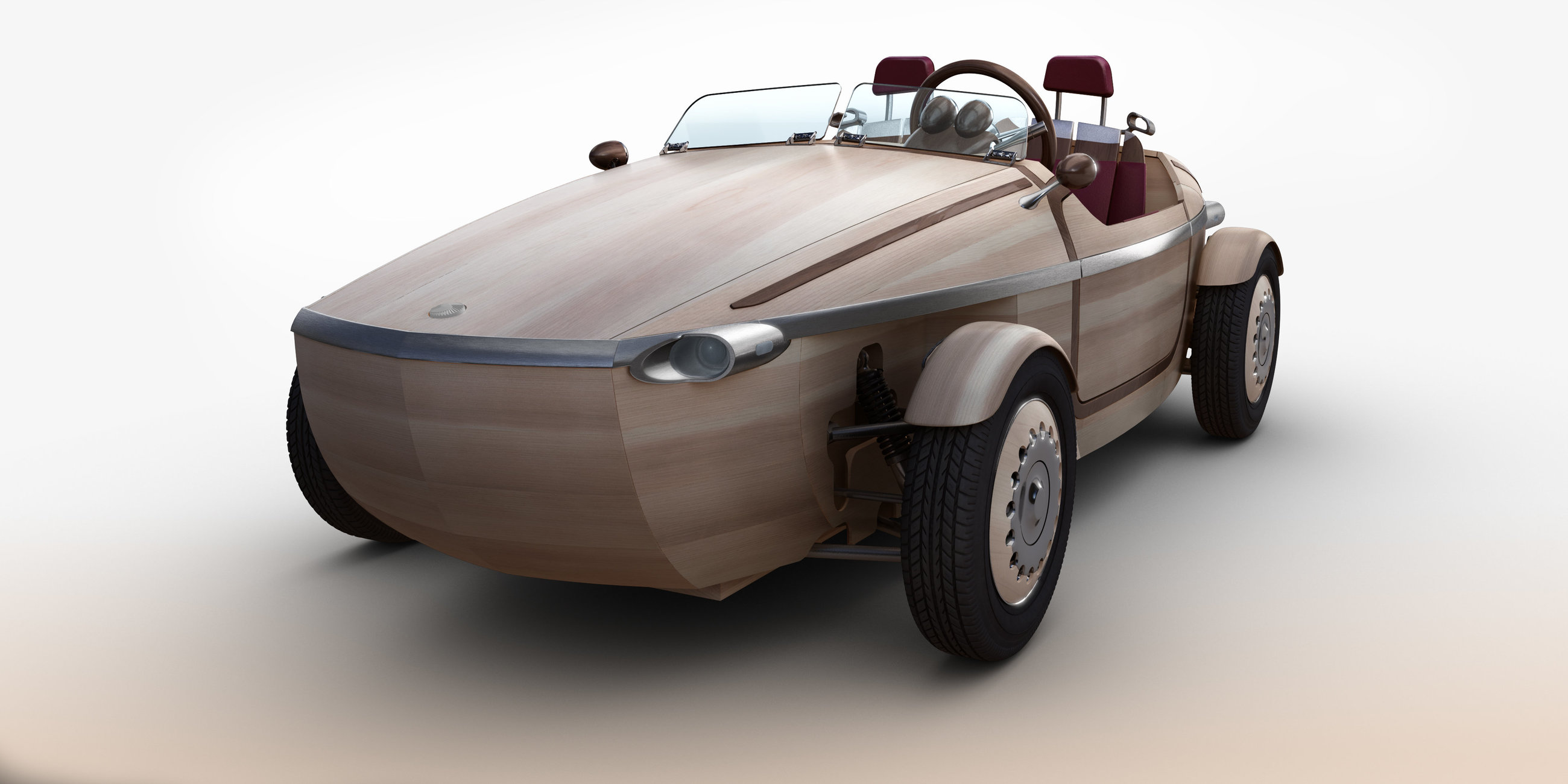
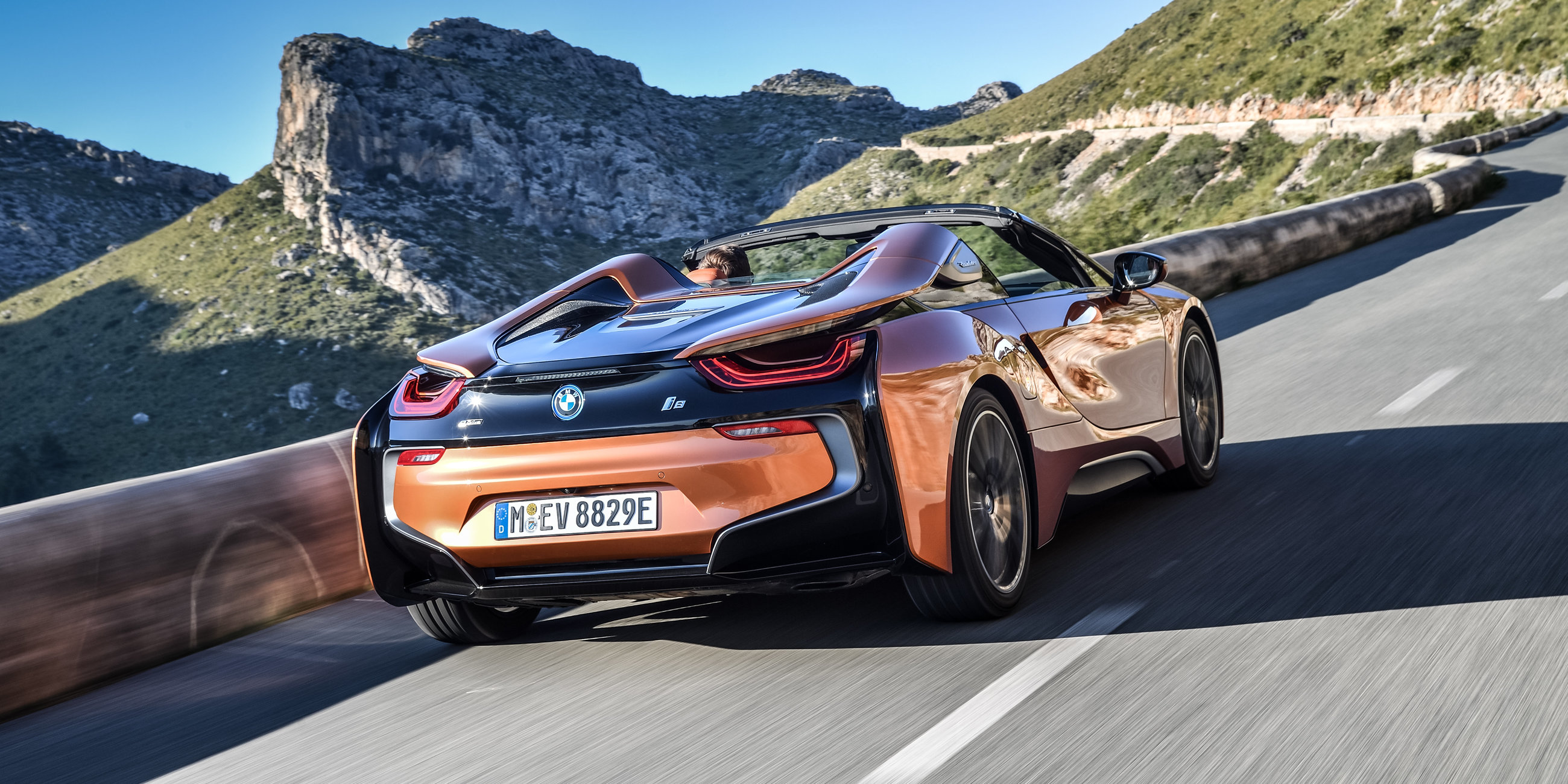
https://www.youtube.com/watch?v=A_cV4D2EX80
https://www.youtube.com/watch?v=VjiLzc9bD3Q&list=PLGUOymnFeL_CTfqBZvIVUNPHyc6UshBoM&index=33&t=0s
https://www.youtube.com/watch?v=ozq9dI1aZ94&list=PLGUOymnFeL_CTfqBZvIVUNPHyc6UshBoM&index=35&t=0s